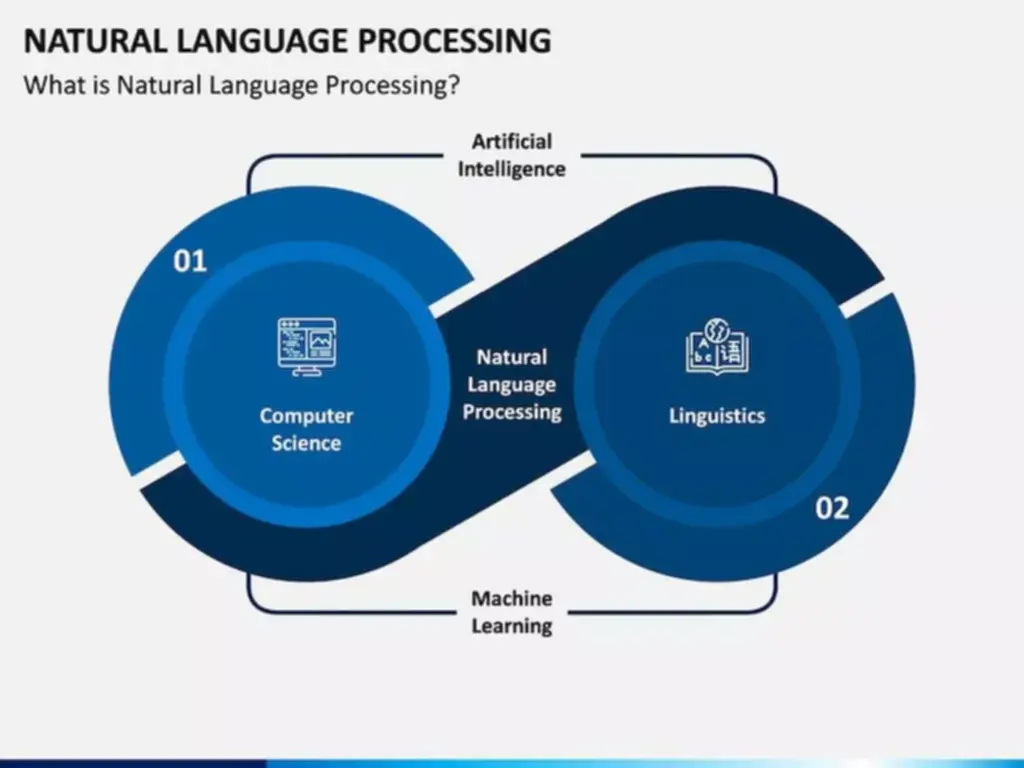System Design Secrets And Techniques: Monolith Vs Microservices Explained By Roopa Kushtagi
Each service covers its own scope and may be up to date, deployed, and scaled independently. Normally, monolithic purposes monolith vs microservices pros and cons have one massive code base and lack modularity. If developers need to update or change something, they entry the identical code base. Monolithic architecture, regardless of its limitations, offers a quantity of benefits that make it a suitable choice for certain functions. Microservices offer both business and technical advantages over conventional monolithic architectures.

Create Your Username And Password
However, it comes with the complexity of managing multiple impartial buildings, which may influence general efficiency if not coordinated effectively. Microservices excel in scalability as a outcome of the setup allows for particular areas to be developed or scaled again as needed, ensuring efficient use of sources and fast adaptation to altering demands. Services communicate with each other however remain loosely coupled, meaning changes or failures in one service have minimal influence on others. This structure excels in advanced, evolving environments but requires a robust network of communication and coordination. Despite the various advantages of microservices, some notable drawbacks can impression their effectiveness for sure businesses.
- Best practices, such as correct planning, design, and monitoring, can help overcome these challenges.
- The most important tool we built was Microscope, our personal inside service catalog to track all of the microservices.
- When we moved from a small number of monolithic codebases to many more distributed methods and companies powering our products, unintended complexity arose.
- A monolithic architecture makes use of tight coupling, so elements are highly dependent and interconnected.
- However, it could current many challenges in terms of scalability, restricted technology variety, and deployment/maintenance.
- A monolithic architecture is created as one massive system with normally one code-base.
Amazon’s Surprising Return To Monoliths
Microservices are normally developed and owned by distinct teams, allowing for individual parts to be updated independently from the the rest of the system. This decentralized structure necessitates a strong grasp of system interdependencies and collaborative operations amongst engineering, observability, and DevOps groups inside a cloud native framework. Each microservice operates as a standalone unit within a broader architecture composed of numerous small, modular companies. These microservices are usually housed in containers, forming what are known as microservices applications. In cloud native settings, microservices are designed to be self-sufficient and ephemeral, able to being dynamically created, terminated, and changed as wanted. They also preserve a free coupling, which supports the broader software or workflow they’re a half of.
Monolith Under Scrutiny: Advantages And Drawbacks

Let’s sum up ket professionals and cons to make a better option between microservices vs monolithic Architecture. It is necessary to highlight that there is not a silver bullet or one answer that matches each scenario. Many businesses have lately turned to microservices, leaving the monolith system in the past. Despite this development in course of microservices, monolith is not an outdated structure. Both options have their execs and cons, and you want to use them in numerous conditions. It all is dependent upon elements similar to time, cash, and your expectations for the final system configuration.
Key Options To Avoiding Time Estimation Pitfalls For Project Managers

The consequences of this seemingly simple and innocuous determination are doubtlessly important, and they’re typically not totally thought by way of. A wrong determination could be very expensive, not simply financially, but in addition costly with regard to the time required to develop the applying and the time required to deploy any future adjustments. When you are tasked with designing an utility, one of the first questions that in all probability comes to your thoughts is whether to design a microservice or a monolith.
Microservices imply one thing slightly different – in this case, each service and project are working independently on the code level. In other words, microservices structure is when an utility contains small companies (each with its personal code-base). The idea is to split your utility right into a set of smaller, interconnected services instead of constructing a single monolithic utility.
Improve your developer expertise, catalog all services, and increase software well being. Connect and share information inside a single location that is structured and simple to go looking. According to structure, we are able to encapsulate new function developments right into a module. And every module can implement its personal architecture like Layered, Onion, Clean and so on. I have simply printed a new course — Design Microservices Architecture with Patterns & Principles.
Microservice structure provides a spread of advantages which have captured the attention of builders worldwide. In this article, we’re going to evaluate Monolithic vs Microservices Architecture. By this way, you’ll good understand which design higher suits your small business requirements and capacity. Monoliths, however, do not expertise network latency since all companies are positioned inside the identical workflow. An entity’s latency refers back to the time that elapses between the stimulation and response that happens after a sure physical change happens.
Some consider you should construct your first application as a monolith after which swap over to microservices as you go. In contrast, in case your goal is to develop a microservices application, there isn’t a need to start out with monoliths. A monolith is a single unified system whose elements are tightly interconnected.
Despite being less and fewer popular, a monolith has its sturdy and durable benefits which work higher for a lot of use circumstances. These providers talk via well-defined APIs and can be developed, deployed, and scaled independently, allowing for larger agility, flexibility, and resilience in advanced software program techniques. A lot depends on the complexity and size of your business; this shall be one of the most important components in deciding whether to go with microservices vs. monolithic legacy techniques. Monolithic structure is much less complicated to handle initially and may work properly for smaller tasks with straightforward necessities. However, as the appliance grows, maintaining and scaling a tightly coupled codebase turns into challenging.

That is your task as a leader, to ensure that there are not any obstacles to this communication and that every one teams understand their responsibilities and duties. The cost of both forms of structure is dependent upon your wants and requirements and the way much you are willing to pay. Even although monolithic architecture requires lower upfront funds, it’s costlier to scale and develop.


